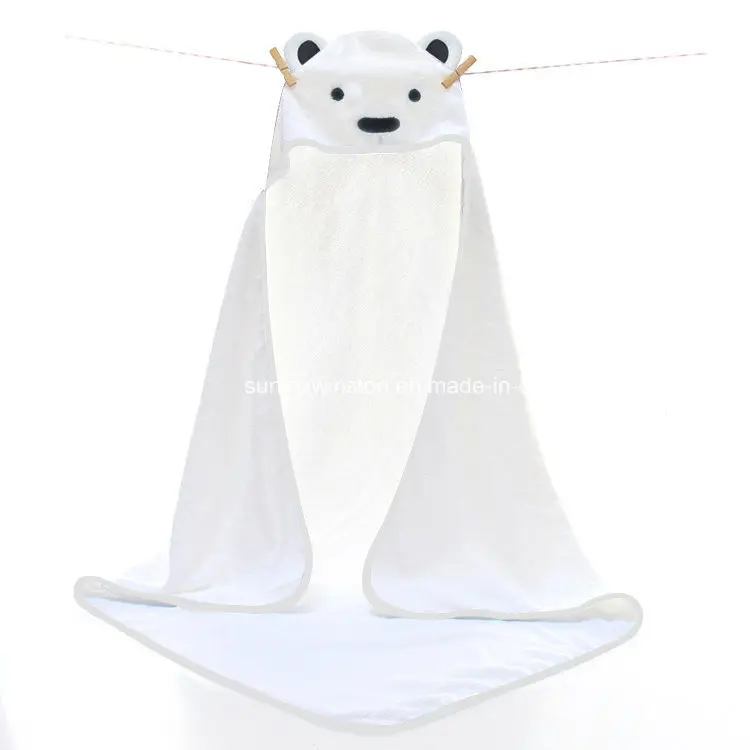Leading Manufacturer of High-Quality Baby Clothing and Apparel Solutions
The Growing Demand for Baby Garments Manufacturers
In recent years, the global baby garments market has witnessed a significant surge, driven by rising birth rates, increasing awareness of fashion trends, and the growing demand for high-quality products among parents. As the market expands, the role of baby garments manufacturers has become increasingly crucial. This article explores the evolving landscape of baby garment manufacturing, the factors driving its growth, and the challenges manufacturers face.
The Importance of Quality in Baby Garments
When it comes to clothing for babies, quality is paramount. Parents are particularly discerning when selecting garments for their little ones, seeking materials that are not only soft and comfortable but also safe and durable. Manufacturers are thus under pressure to ensure that their products meet strict safety regulations and quality standards. Organic cotton, bamboo, and other hypoallergenic materials are gaining popularity as parents look for options that are gentler on a baby’s sensitive skin.
The importance of sustainability in the fashion industry has also seeped into baby garment manufacturing. Eco-conscious parents prefer products that are ethically sourced and environmentally friendly. Manufacturers are responding by adopting sustainable practices, such as using organic materials, reducing waste in production, and minimizing the use of harmful chemicals. These factors contribute not only to the well-being of babies but also to the health of the planet.
Trends Influencing Baby Garment Manufacturing
Several trends are shaping the baby garments market. One of the most notable is the rise of matching family outfits, where manufacturers produce coordinated clothing for parents and their children. This trend has gained traction on social media platforms, where influencers and parents alike showcase adorable family photos in matching ensembles. As a result, manufacturers are expanding their collections to include coordinating pieces that appeal to fashion-forward families.
Another significant trend is the increasing use of technology in garment manufacturing. Automation and advanced manufacturing techniques are being adopted to streamline production processes, reduce costs, and improve efficiency. This shift not only allows manufacturers to keep up with the fast-paced fashion cycle but also ensures that they can meet the growing demand for custom and personalized baby garments.
baby garments manufacturer

Moreover, the advent of e-commerce has transformed the way parents shop for baby clothes. Online shopping provides convenience and access to a wider range of products. Manufacturers are investing in their online presence and utilizing digital marketing strategies to reach consumers directly. This has allowed small and medium-sized manufacturers to compete effectively with larger brands, creating a more diverse marketplace.
Challenges Faced by Baby Garment Manufacturers
Despite the bright prospects, baby garment manufacturers encounter several challenges. One of the foremost issues is the fluctuating cost of raw materials. Prices for organic fabrics and sustainable materials can be volatile, affecting profit margins. Furthermore, manufacturers must navigate complex supply chains, particularly if they source materials from multiple countries. This complexity can lead to delays and complicate inventory management.
Additionally, competition in the industry is fierce, with new brands emerging regularly. Establishing a unique selling proposition (USP) has become essential for manufacturers aiming to stand out in a crowded market. Whether it’s through innovative designs, exceptional quality, or unique marketing strategies, brands must continuously adapt to changing consumer preferences.
Compliance with safety regulations is another critical concern. The baby garment industry is subject to rigorous safety standards, and manufacturers must ensure that their products do not pose a risk to infants. Non-compliance can lead to significant financial penalties and damage a brand's reputation.
Conclusion
The baby garments manufacturing sector is poised for continued growth, driven by increasing consumer demand for quality, sustainable, and stylish options. Manufacturers must stay attuned to the trends and challenges within the industry to successfully position their brands. By prioritizing quality, sustainability, and innovative practices, baby garments manufacturers can meet the needs of today's conscientious parents, ensuring that their products not only look good but also provide comfort and safety for the littlest wearers. As the market progresses, those who embrace change and adapt swiftly will likely thrive in this dynamic landscape.
-
Hotel Textiles: The Backbone of Luxurious HospitalityNewsJul.15,2025
-
Exploring the World of Home Fashion TextilesNewsJul.15,2025
-
Bedding Textiles: The Perfect Blend of Comfort and StyleNewsJul.15,2025
-
Baby Accessories for Newborns: Essential Items for Your Little OneNewsJul.15,2025
-
Airplane Comfort Accessories: Enhance Your Travel ExperienceNewsJul.15,2025
-
Air Travel Blanket: The Ultimate Comfort for Your JourneyNewsJul.15,2025
- Product Categories
- • Hospital Used Fire Retardant Bedding
- • Hotel Textiles
- • Airline Textiles
- • Hometextiles
- • Infant Cloth
- Quick Links
- • Home
- • Products
- • About us
- • News
- • Contact
- Contact Us
-
Tel: +8631187701449
-
Fax: +86 311 8770 1444
-
E-mail: sale@hometex-suntex.com




